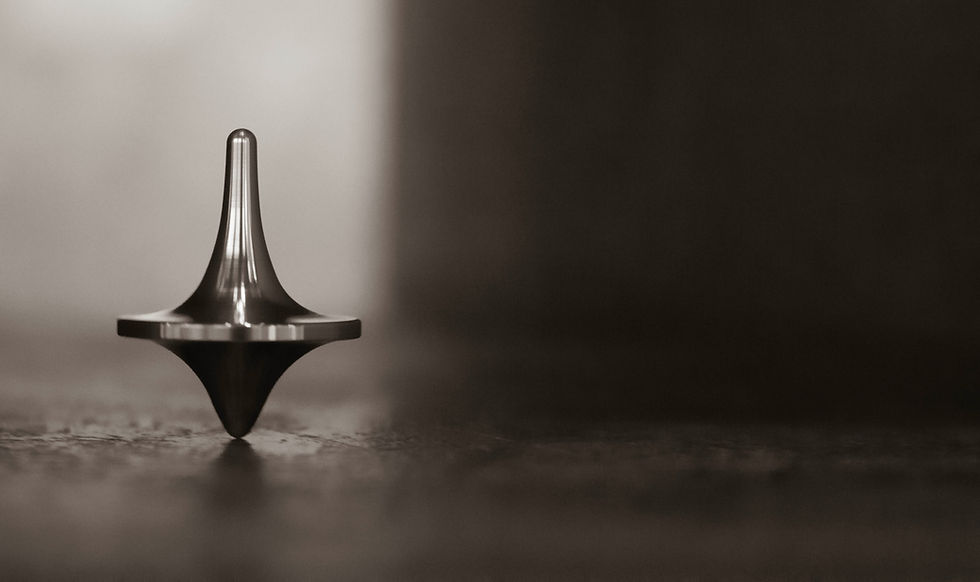Building the Disruption Dynamics Assessment
- Tom Perry

- Aug 8
- 2 min read

Today, I dove headfirst into creating the Disruption Dynamics assessment—and let me tell you, it’s not easy work. I’ve been doing assessments and discovery work for many years, and I genuinely enjoy it. It’s something I’m good at. But doing one for my own company? That adds an entirely new layer of challenge.
Why Interviews Are Powerful… and Limited
Most organizational assessments start with interviews—structured conversations guided by a list of questions, repeated with leaders, managers, and team members. Over time, patterns emerge: cultural gaps, leadership challenges, communication breakdowns, and a host of other organizational dynamics.
Interviews are a goldmine of insights. The problem? They’re inherently subjective. They rely on the consultant’s ability to interpret what’s said (and unsaid). As much as executives love a compelling narrative, they love data even more—hard numbers, objective metrics, and measurable trends. That’s where interviews fall short: they rarely produce clean, quantifiable facts.
Going Beyond the Interview
A truly effective assessment can’t rely on interviews alone. It needs multiple perspectives, multiple methods, and multiple models. Each model should illuminate something different about the organization—its strategy, structure, market position, and opportunities for growth.
For example:
Strategic Positioning – Using the Blue Ocean Strategy Map to identify unique market differentiators and new opportunities.
Business Model Clarity – Delivering a tailored Business Model Canvas that reflects how the organization really works.
Additional Diagnostic Models – Selecting the right tools for the topic at hand, whether that’s cultural mapping, portfolio analysis, or capability assessment.
Each of these models is valuable in its own right—worth significant time and investment—but experience allows me to generate them quickly, much like a seasoned musician can “name that tune” in just a few notes.
Designing an Assessment People Frame on the Wall
My goal is simple but ambitious: make the assessment itself transformative. I want clients to receive their report and think, “I’ve never seen anything like this before.”
I want certain pages so impactful that they’re blown up, framed, and hung on the office wall—not buried in a forgotten binder. I want leaders to use the outputs as daily reference points for decision-making.
Leveraging AI to Raise the Bar
AI makes this ambition more achievable than ever. It allows us to compile, analyze, and visualize information faster and more creatively than before. It also opens the door to discovering new models and perspectives we might never have considered.
That means a Disruption Dynamics assessment won’t just be another consulting deliverable—it will be a unique, multi-layered view of an organization’s reality and potential.
The First Test Subject: My Own Business
Of course, the very first Disruption Dynamics assessment is for… Disruption Dynamics. It’s part proof-of-concept, part self-reflection. I’m about halfway through, and so far it’s looking pretty darn cool (if I do say so myself).
Stay tuned—once it’s complete, I’ll share it here. It’s going to be unlike any assessment you’ve seen before.




Comments